Living with Segregation
Many African Americans learned to live with racial segregation. Others fought back when they could. Some even moved away from the South. From 1900 to 1960, it is estimated that five million blacks left the South to move north or west.
For those who stayed, life could be difficult. W.E.B. Du Bois called it living “behind the veil.” When presenting his credentials for a teaching job in Wilson County along with another man who was white, the school commissioner asked both of them to stay for dinner. But, Du Bois wrote, “then fell the awful shadow of the Veil, for they ate first, then I—alone.”
African Americans had to deal with a variety of insulting behavior from whites. Black customers had to wait in stores until all the whites were helped. They couldn’t try on clothing in the store; they could only hold it up in front of them.
Generally they couldn’t address whites first, but rather wait until the whites addressed them. All whites were addressed as “Mister,” “Mrs.” or “Miss.” Blacks, even the older ones, were called “boy,” “uncle,” “auntie,” or a racially insulting name.
The most important thing for an African American in the South during this time was to “know his place.” This meant to act respectfully to whites and not do any action that whites considered inappropriate.
Some African American leaders like Booker T. Washington worked to provide opportunities for blacks to better themselves. He thought that blacks had to temporarily live with racial segregation as a way to discourage white violence. This was known as accommodation. Eventually, Washington thought, a black educated middle class would be able to challenge Jim Crow laws .
W.E.B. Du Bois criticized Washington’s approach. He advocated fighting for equality through boycotts, marches and court cases. “The way for a people to gain their reasonable rights is not by voluntarily throwing them away,” he said. His way of dealing with segregation was integration.
Du Bois attended Fisk University in Nashville and taught school two summers in Dekalb County, Tennessee. Read about Du Bois’s experiences.
Another method of dealing with segregation was separation—leaving America and going back to Africa. This was prominently promoted by Marcus Garvey, who preached black pride and self-reliance.
Picture Credits:
- Photograph of Marcus Garvey. This photograph was taken on August 5, 1924. Library of Congress.
- Photograph of Booker T. Washington. This photograph was taken in 1903. Library of Congress.
- Photograph of W. E. B. DuBois. This photograph was taken on May 31, 1919. Library of Congress.
- Photograph showing a group of African Americans picking cotton. A woman and three young boys are shown carrying cotton sacks while a white man watches them on the right. This photo was originally published in 1907 in the book, The old South and the new: a complete illustrated history of the southern states, by Charles Morris. New York Public Library.
- Photograph entitled, “A Happy Old Mammy.” A caption for the photo reads, “She has just been paid for her week’s picking, more than enough for her simple wants.” The woman is shown standing in front of several baskets of cotton and holding a few coins in her hand. This photo was originally published in 1907 in the book, The old South and the new: a complete illustrated history of the southern states, by Charles Morris. New York Public Library.
- Photograph of an African American family. This photo was taken sometime between 1890 to 1903 probably in east Tennessee. The family is shown on the front porch. Blount County Library.
- Photograph of an African American cook. This photo was taken in 1905 shows the young woman near the construction site of the L and N Railroad near McGhee, Tennessee. Blount County Public Library.
- Photograph of three African American construction workers. The men are shown drilling rock during the construction of the L and N railroad near McGhee, Tennessee. Blount County Public Library.
- Photograph showing an African American family outdoors. Several children are shown gathered around a man who is playing the banjo. This photo was taken in Giles County, Tennessee. Tennessee State Museum and Archives.
-
A photograph taken in 1922 of the "colored" bleachers at a baseball game in Memphis. Photograph owned by Bettman/CORBIS. May not be reproduced without permission from CORBIS
Confronting the Modern Era >> Racial Segregation >> Living with Segregation >>
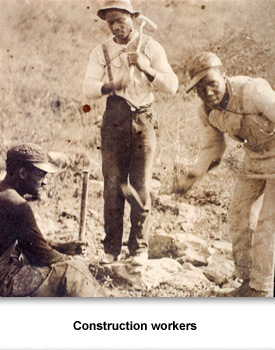
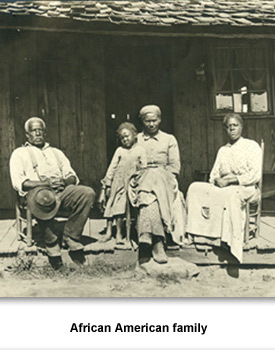
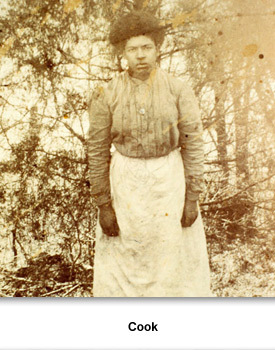
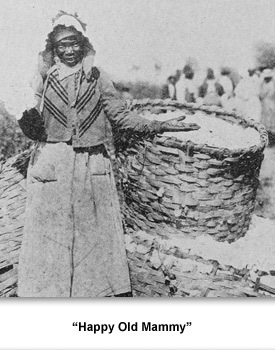
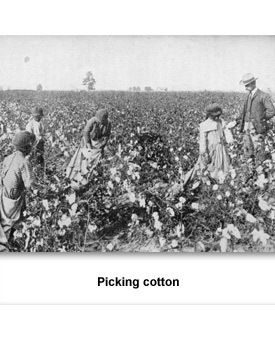
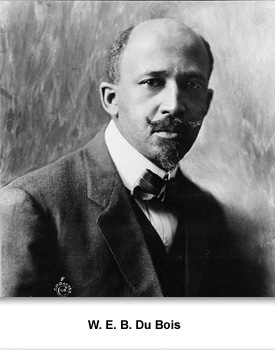
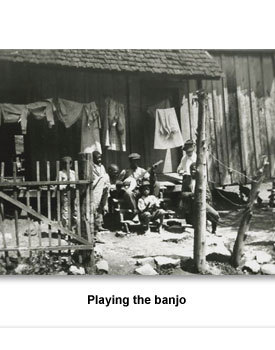
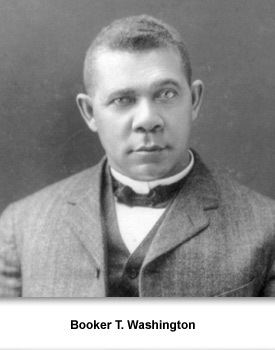
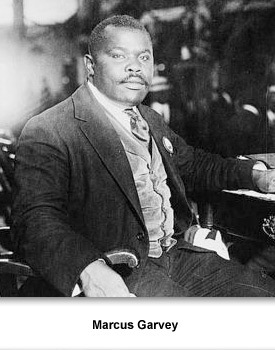
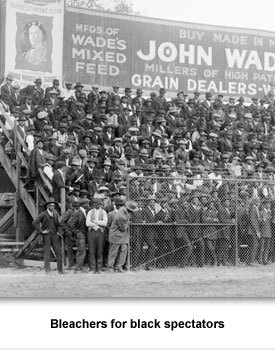
 Sponsored by: National Endowment for the Humanities
Sponsored by: National Endowment for the Humanities